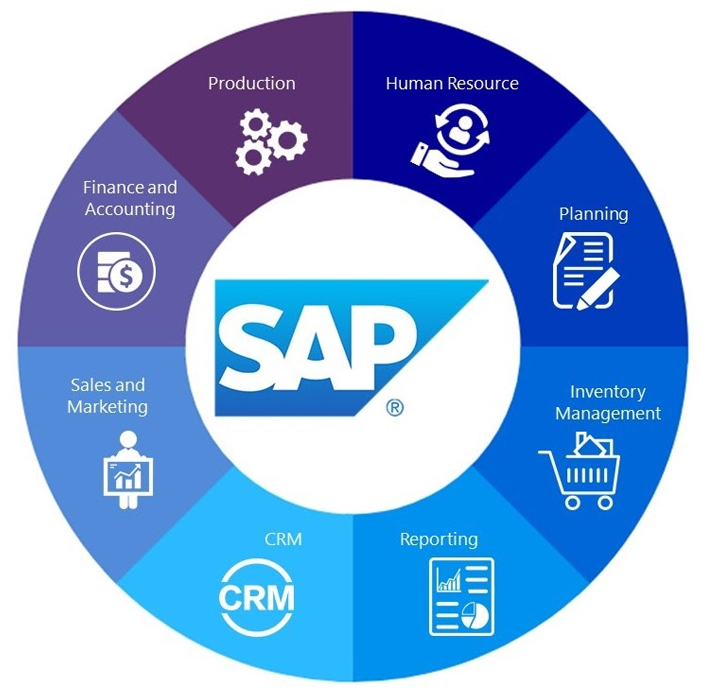From Struggling to Thriving: How SAP Transformed a Restaurant’s Bottom Line
Background:

John Smith, the owner of a popular restaurant chain, was facing a significant decline in revenue and profit over the past four months. Despite his best efforts to attract customers and control costs, the business was struggling to stay afloat. Concerned about the future viability of his restaurant, John sought innovative solutions to turn the situation around.
Challenge:
The restaurant industry is highly competitive, and maintaining profitability requires efficient operations and exceptional customer service. However, manual processes and outdated systems were hindering John’s ability to optimize operations and adapt to changing market conditions. Without a streamlined approach to managing finances, inventory, and customer relationships, the restaurant was hemorrhaging revenue.
Solution:
Recognizing the need for a comprehensive business management solution, John decided to implement SAP software. SAP offers a suite of integrated applications that automate and streamline core business processes, including finance, procurement, sales, and inventory management. By leveraging the latest technology, John aimed to eliminate manual tasks, improve decision-making, and enhance the overall efficiency of his restaurant operations.
Implementation:
John collaborated with a team of SAP consultants to customize the software to meet the specific needs of his restaurant chain. They integrated SAP modules for financial accounting, inventory management, and customer relationship management, ensuring seamless communication and data sharing across departments. Employees underwent training to familiarize themselves with the new system and optimize their workflows.
Results:
The impact of SAP integration was immediate and profound. With automated processes in place, the restaurant experienced a rapid turnaround in its financial performance. Within just a few months, John saw a significant increase in revenue and profit. Monthly profits soared from $50,000 to $90,000, surpassing previous levels and exceeding expectations. The restaurant was once again thriving, attracting more customers and earning positive reviews for its efficiency and service quality.
Key Benefits:
- Improved Efficiency: Manual tasks were replaced with automated processes, reducing errors and freeing up employees to focus on higher-value activities.
- Better Decision-Making: Real-time insights and analytics provided by SAP enabled John to make data-driven decisions and respond quickly to market changes.
- Enhanced Customer Experience: With streamlined operations, the restaurant was able to deliver faster service and personalized experiences, leading to increased customer satisfaction and loyalty.
- Cost Savings: By optimizing inventory management and procurement processes, John was able to reduce waste and lower expenses, further boosting profitability.
Conclusion:
The successful implementation of SAP software transformed John’s struggling restaurant chain into a thriving business once again. By embracing the latest technology and streamlining operations, John not only reversed the decline in revenue and profit but also positioned his restaurant for long-term success in a competitive market. The case study highlights the importance of innovation and adaptability in driving business growth and sustainability.

Leave a Reply